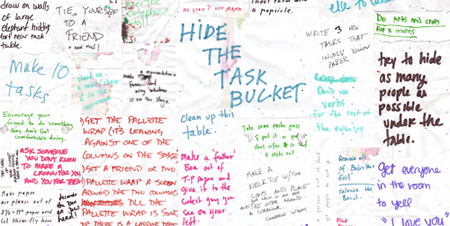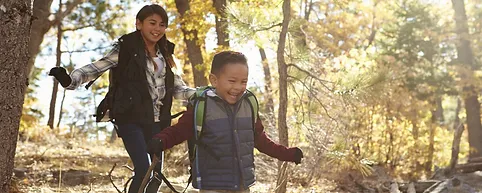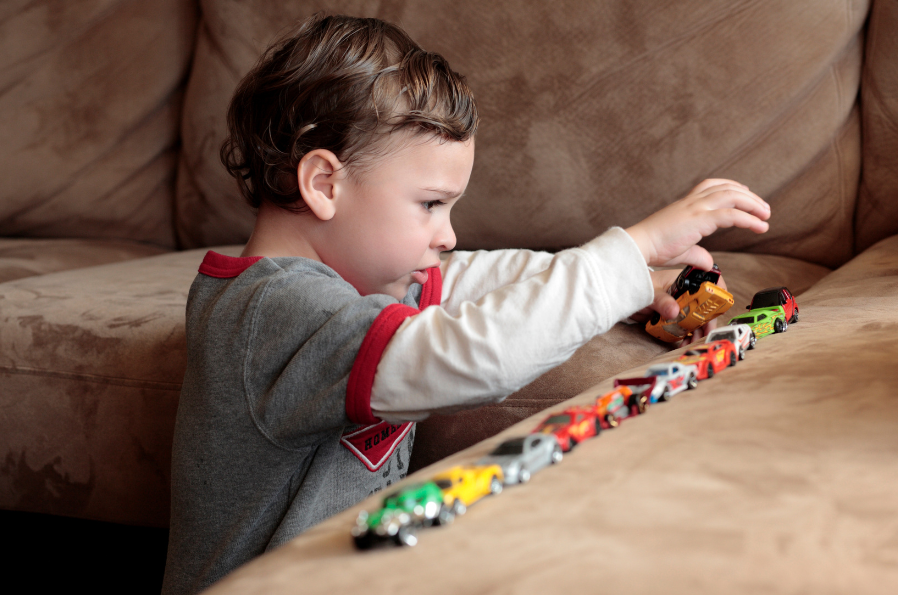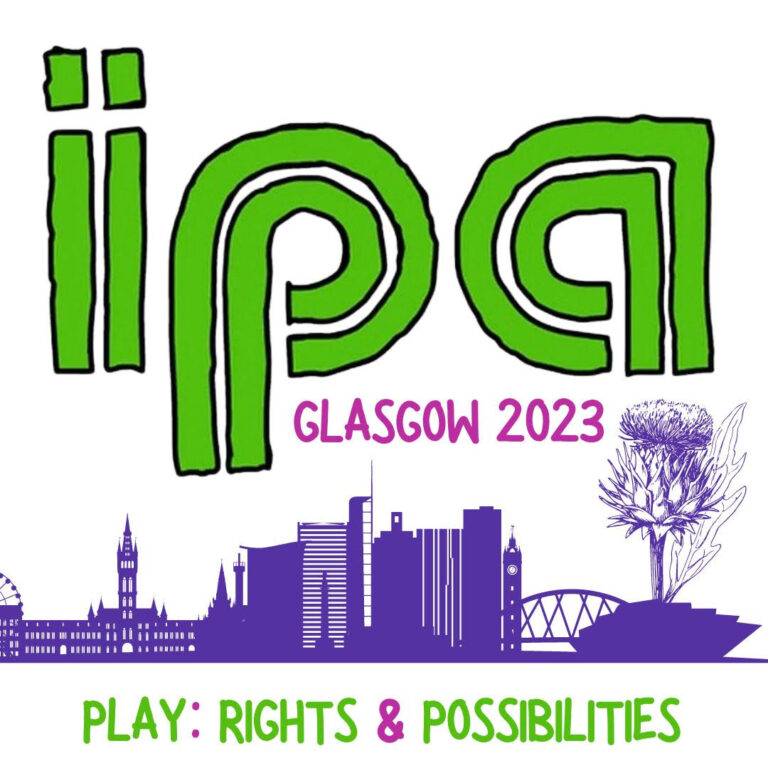I attended the IPA Conference 2023 in Glasgow on Thursday and Friday. It was both my first solo overnight stay and my first business trip! I spent Friday helping Jenny (here’s a link to her IPA blog!), and on Thursday, I got the chance to attend a variety of presentations given by passionate individuals from around the world. While I haven’t included all of them, here are a few that stuck out to me.
Playing the City: Contemporary Art And The Urban Child
“Utopian visions of society aided or run by artists have failed because art has failed as a social instrument. Only when active artists willingly cease to be artists can they convert their abilities, like dollars into yen, into something the world can spend: play. Play as currency. We can best learn to play by example, and un-artists can provide it.”
Alan Kaprow, Education of the un-artist, Part II
Nadia Odlum, Ph. D candidate at the University of Sydney, gave a presentation about a variety of art movements that were influenced by play.
They explained that play can be a difficult thing to define. It exists both for developmental and educational purposes, but it’s also important just for the sheer fun of it. The same applies to art.
Odlum walked us through movements such as The Situationist Internationale (who aimed to remove the distinction between art and everyday life) and Social Practice (who used human interactions as their art form rather than physical mediums). They also highlighted artists such as Jeppe Hein, Mike Hewson, and Oliver Herring; all of whom are influenced by and used play in their work.
My personal favourite was Oliver Herring’s Task parties. He is a part of the Social Practice movement. The rules of the event are to write a task, add it to the pool, and then to select a task at random. Examples given were to “turn invisible”, “cover yourself in paint and hug someone wearing a white shirt”, and “zip tie yourself to someone for five to ten minutes”. These events seem incredibly fun and utilise play perfectly.

Nature-Based Preschools In The US: Results Of A New National Survey
Emily Van Laan and Christy Merrick from the North American Association for Environmental Education (NAAEE) presented highlights from the study, “Nature Preschools in the United States: 2022 Survey”.
They explained how they mapped and surveyed the 800 nature preschools in the United States. They found that these organisations were similar in that they work towards child development and environmental literacy, using child-led and play-based teaching methods. But that there was a huge variety in terms of their delivery.
For example, while the first thing coming to mind might be forest schools, their research shows that there are nature schools in urban areas, who use their own outdoor spaces and public green spaces.
In their study they found that both white students and educators are over-represented. They concluded that more research was needed to discover why that is. They also highlighted a school in Baltimore, Maryland, which has a training programme aimed at encouraging black young people to become nature school teachers.

Authentic Autistic Play is a Human Right
The final presentation that I attended was given by Elise G. Stirling, Ph. D researcher at the University of Strathclyde, who posed a critical look at the wording of Article 31. She argued that if Article 31 of the UNCRC is taken literally and in isolation, it is not inclusive to all children.
Stirling pointed out that Part 1 of Article 31 states that children have the right to play appropriate to the age of the child. Multiple sources and studies, even those that challenge the inclusivity of Article 31, often come back to this ‘age-appropriate’ play. But, she posited, who gets to decide what is appropriate? Stirling spoke about Murphy, 2022, who stated that, “the idea of ‘age appropriate’ play may stigmatise and discriminate against other types of play that perhaps come more naturally to neurodivergent such as those who are autistic”.
However, if Article 2 (rights regarding discrimination) is considered, Article 31 can and should apply to all children.
Stirling argued that play that comes naturally to autistic children may be seen as a ‘wrong’ way to play, and may end up punished or ‘corrected’ by adults who are supposed to be nurturing play. When we choose to embrace the ways autistic children play and resist societal norms, we can improve relationships and create positive outcomes.

I had a great time at the conference, and I definitely learned a lot! It was a fun and relaxed atmosphere, and I met a lot of passionate, kind people. I feel very grateful that I got the opportunity to attend.





